These 1910s New York Crime Scene Photos Were Never Meant for the Public
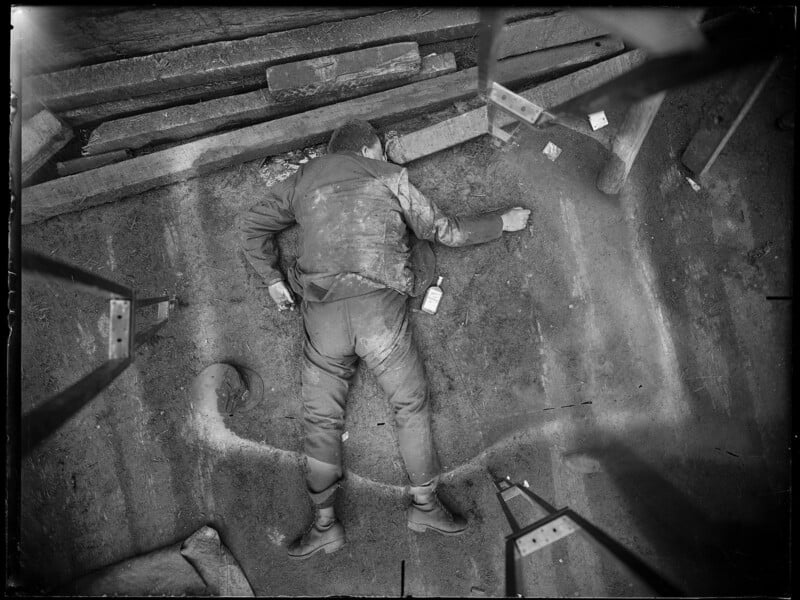
These macabre set of photographs taken by the New York City Police Department in the 1910s were used to solve grisly murders and were never meant for public consumption.
Warning: This article contains violent and graphic crime scene photos. Viewer discretion is advised.
In fact, these photographs were supposed to have been dumped into Hudson Bay but were instead forgotten about until they were unearthed 100 years later during a renovation at the former NYPD headquarters.


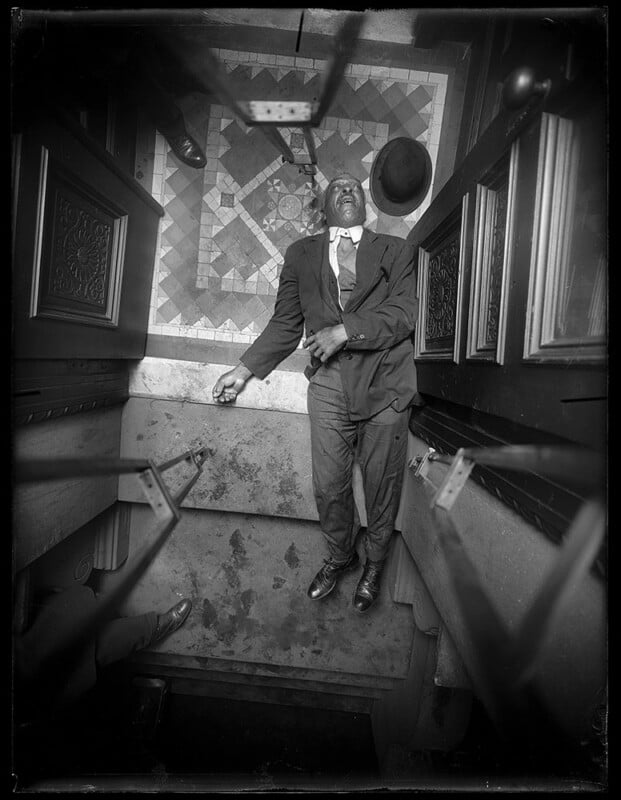
In the early 20th century, police photographers used special tripods with cameras suspended above the victim to get overhead shots. The tripod legs are visible in every overhead shot.
When rediscovered, the photos were collated into a book called Murder in the City, New York, 1910–1920 by Wilfried Kaute and released in 2017. Kaute explains the photos were “intended as purely objective documentation of crimes and offer little to no personal identification of the victims.”
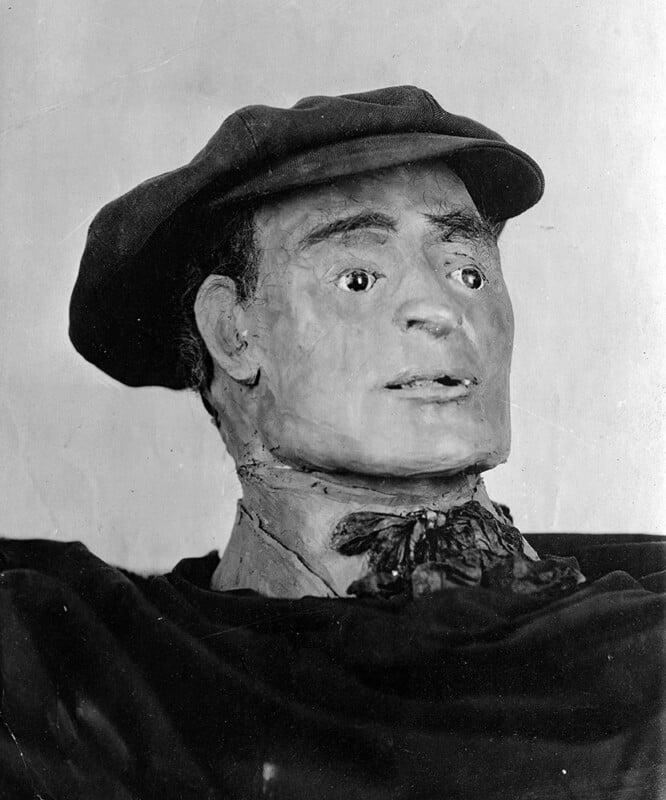
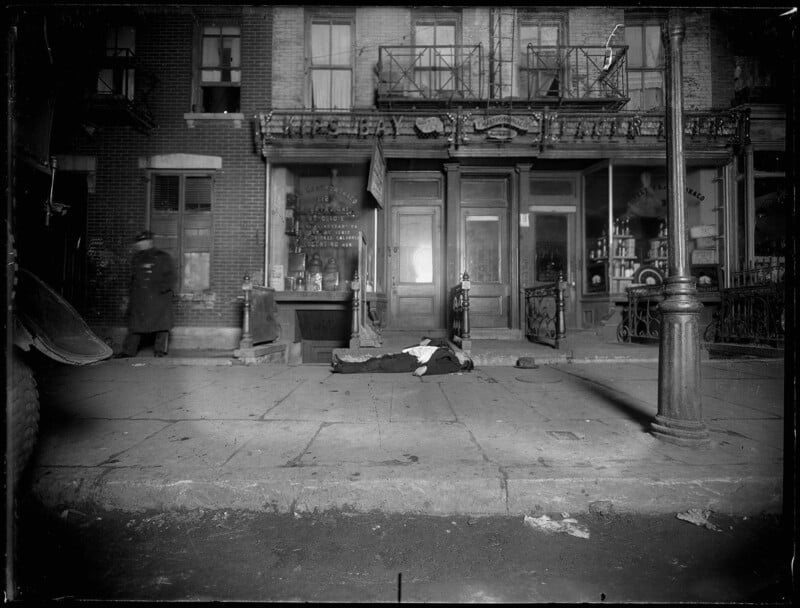

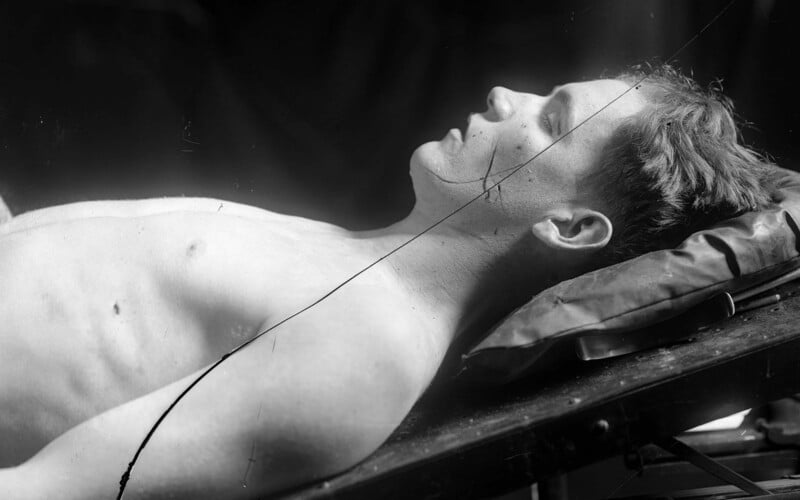
Some details about the slain are noted such as their name, the location of the crime, and causes of death which were written by the detectives investigating a case. One 1915 photo with the caption, “Double Homicide 708” shows a young, fully-clothed couple murdered in their bed.
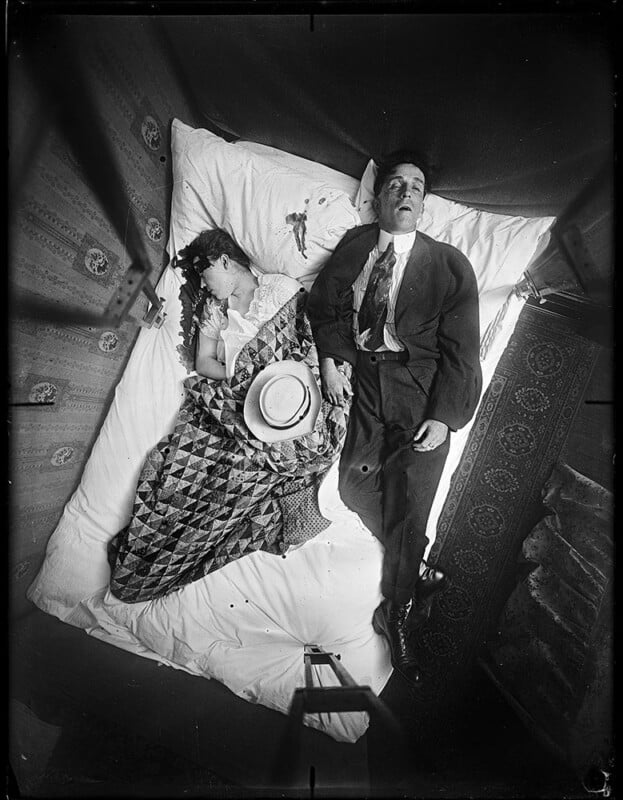
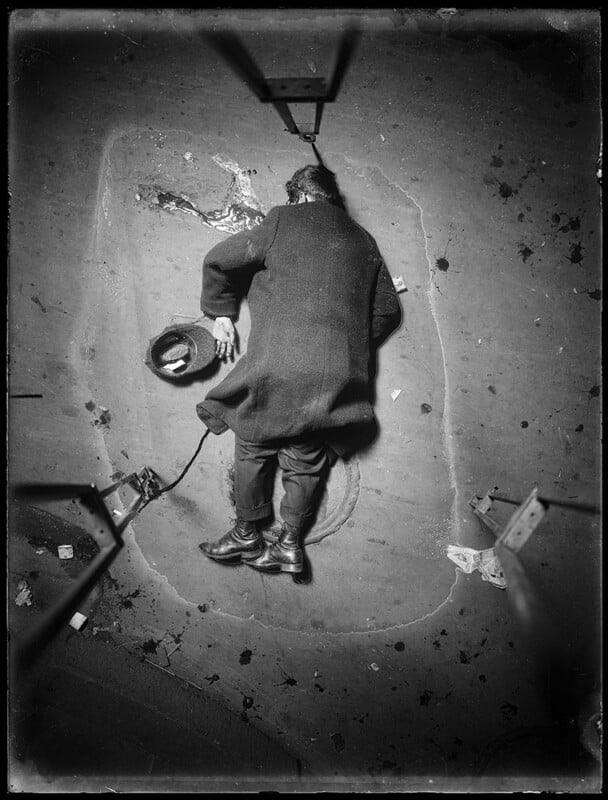
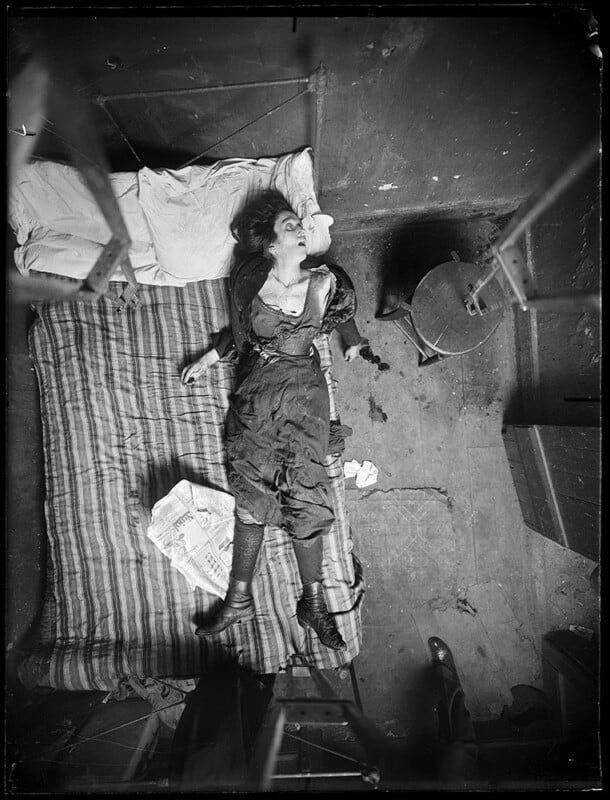
The images are symptomatic of the rapidly changing city that New York was in the decade before Prohibition. Between 1910 and 1920, New York’s population grew by nearly one million and city life was becoming increasingly crowded and dangerous.
In the early years of the 20th century, homicide rates in New York City were ten times more than that of the murder rate in London during the same era. Homicides in the city happened for many reasons including domestic violence, random fights fueled by alcohol, and particularly gang violence.
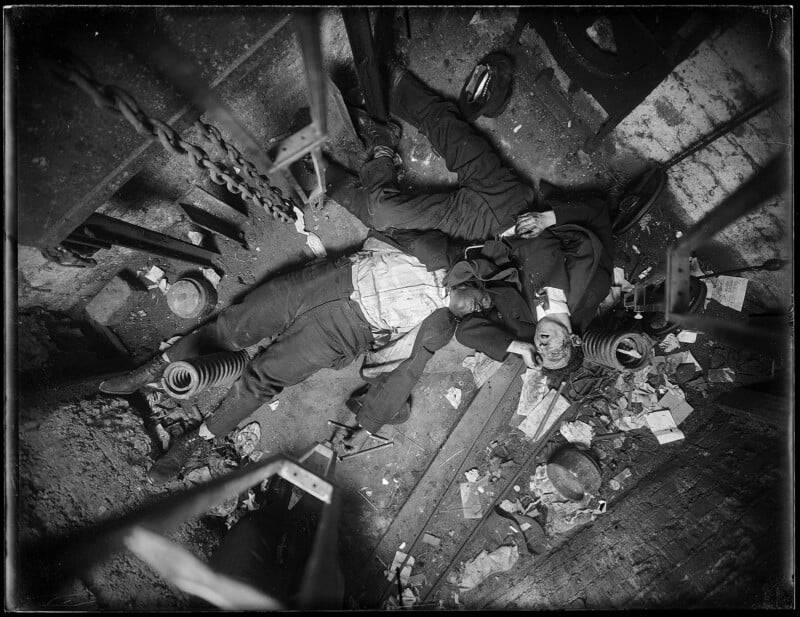
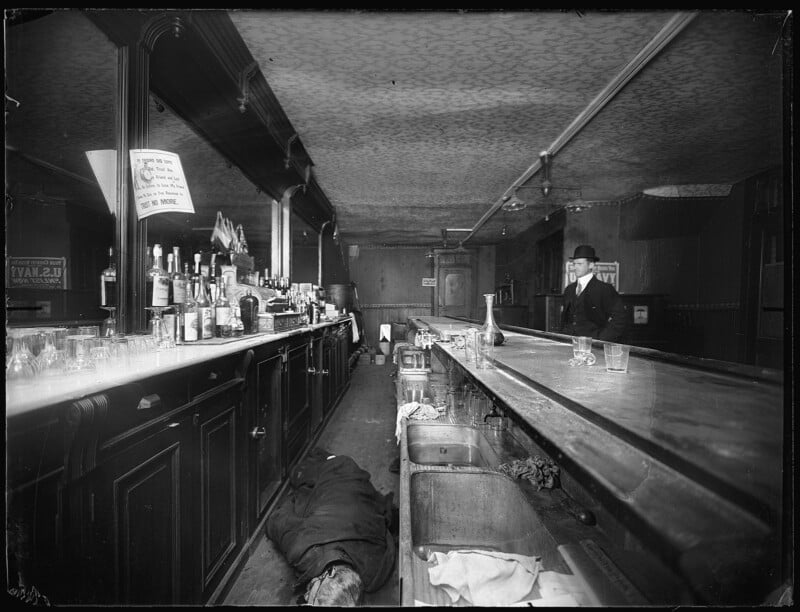

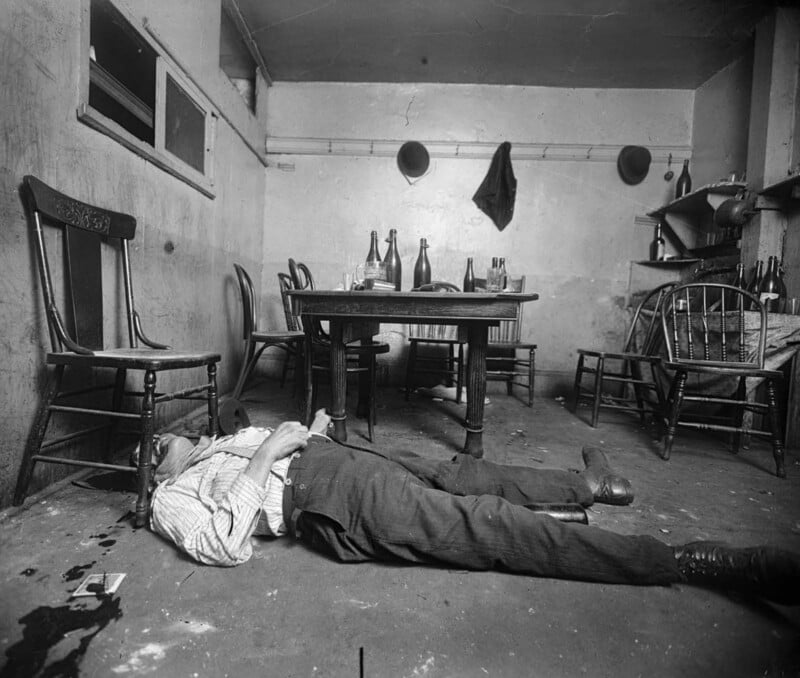
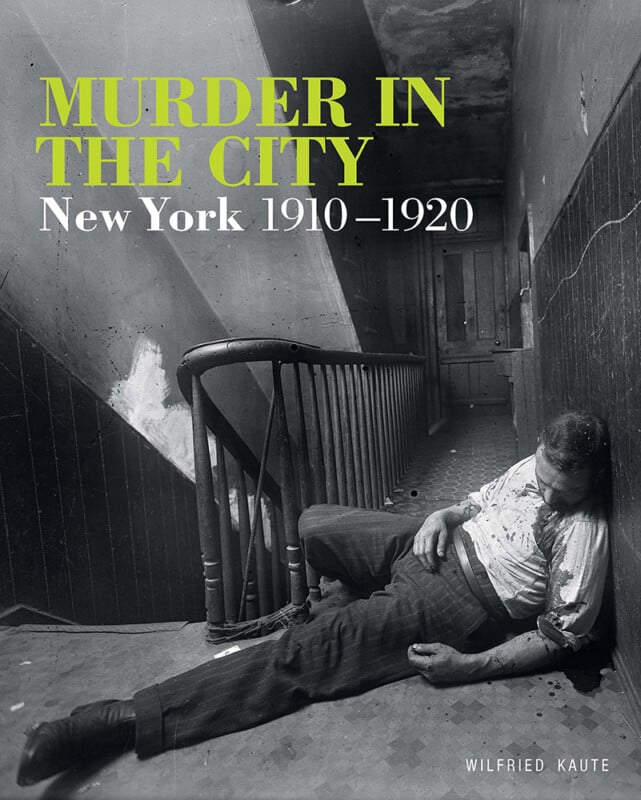
After a murder in the early afternoon near Gramercy Park, Manhattan — there was a public scandal in the city. This led to the Sullivan Act being implemented in August 1911. The law required licenses for New Yorkers to possess firearms small enough to be concealed. Possession of such firearms without a license was a misdemeanor, and carrying them was a felony.
Image credits: Photographs by NYC Municipal Archives/News Dog Media